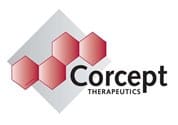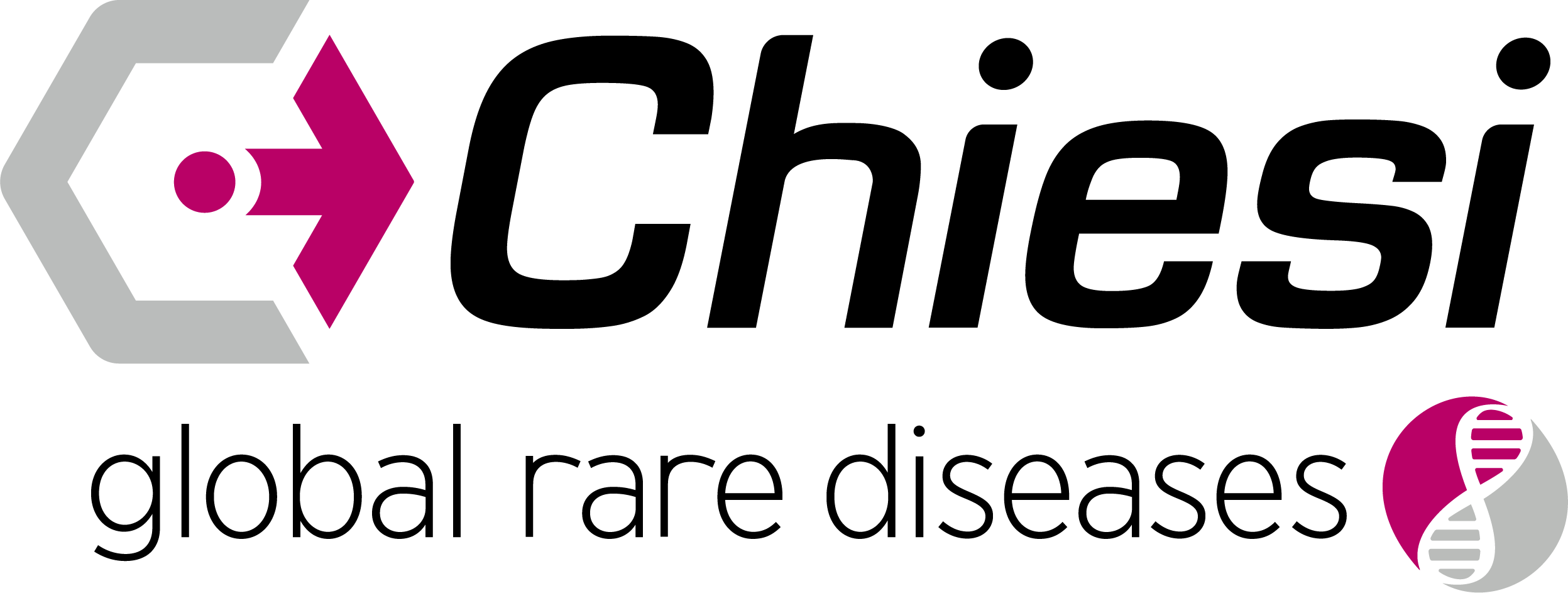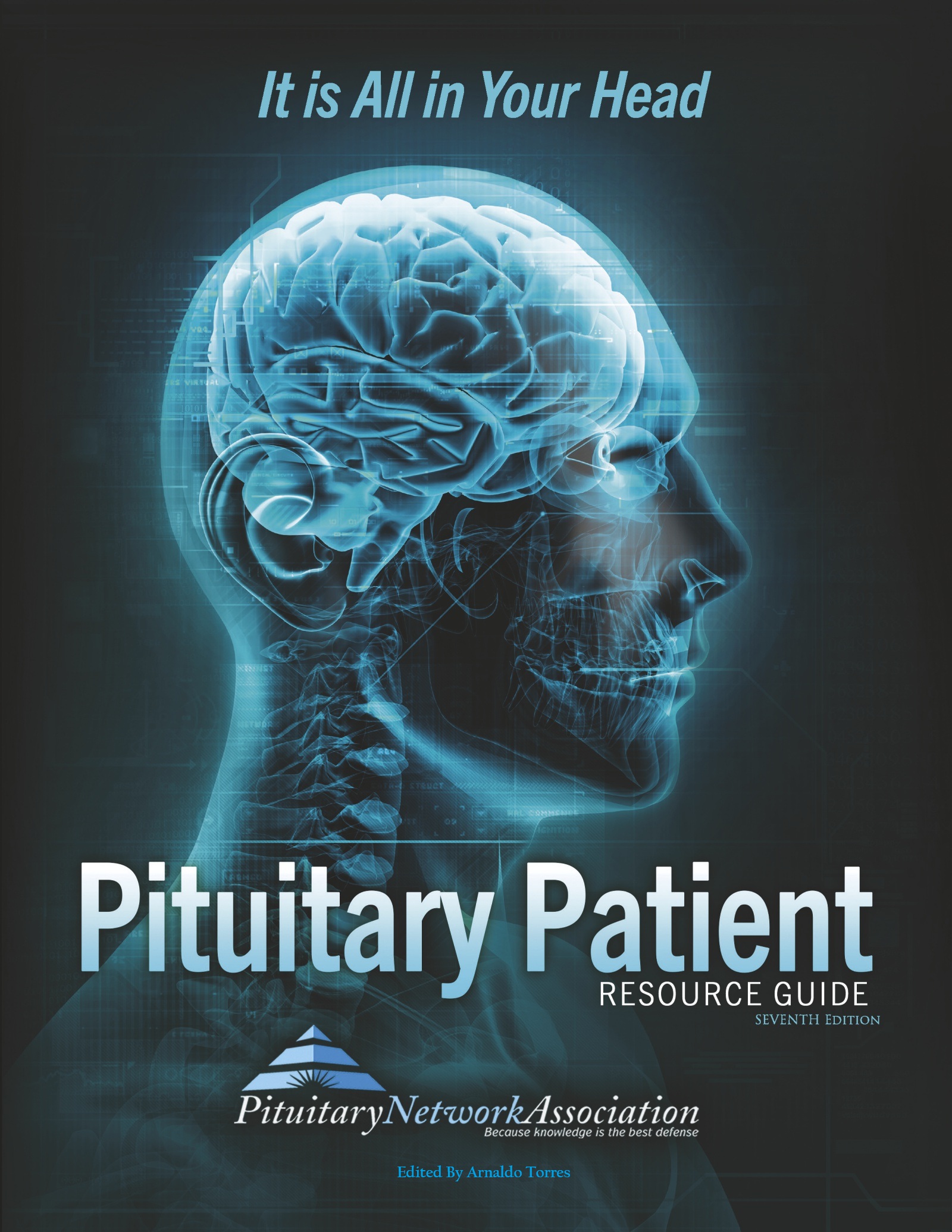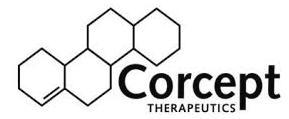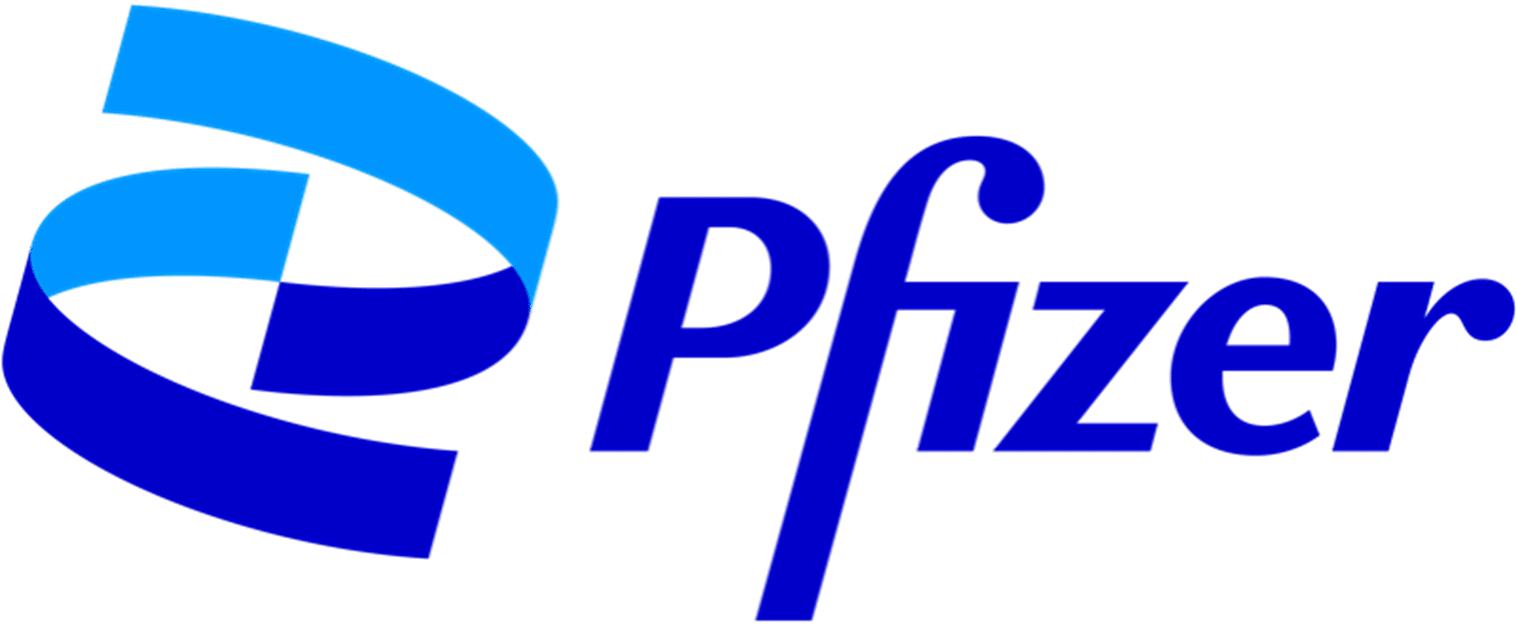News Articles February 2022
Written on 04 February 2022.
PNA Highlights July 2023

True health infuses positive energy in the mind, body and spirit; it is a main focus in my life.
-Maximillian Degenerez
PNA Spotlight: Dr. Bernard Bendok
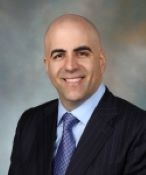 In July, the PNA Spotlight focuses on Dr. Bernard Bendok, a neurosurgeon at the Mayo Clinic in Scottsdale, Arizona. Dr. Bendok earned his M.D. at Northwestern University, Feinberg School of Medicine. He also was an intern and a Resident there. He board certified in Neurological Surgery and specialized in minimally invasive neurosurgery. His PNA directory listing is here. He was kind enough to answer a series of questions from the PNA. His answers follow:
In July, the PNA Spotlight focuses on Dr. Bernard Bendok, a neurosurgeon at the Mayo Clinic in Scottsdale, Arizona. Dr. Bendok earned his M.D. at Northwestern University, Feinberg School of Medicine. He also was an intern and a Resident there. He board certified in Neurological Surgery and specialized in minimally invasive neurosurgery. His PNA directory listing is here. He was kind enough to answer a series of questions from the PNA. His answers follow:
PNA Medical Corner: The Endoscopic Endonasal Transtuberculum Approach
 This month the PNA Medical Corner features an article co-authored by Juan C Fernandez-Miranda at Stanford University, a member of the PNA. The article looks at what is necessary for a successful resection of a pediatric tuberoinfundibular craniopharyngioma using the endoscopic endonasal transtuberculum approach.
This month the PNA Medical Corner features an article co-authored by Juan C Fernandez-Miranda at Stanford University, a member of the PNA. The article looks at what is necessary for a successful resection of a pediatric tuberoinfundibular craniopharyngioma using the endoscopic endonasal transtuberculum approach.
Copyright © 2024 Pituitary Network Association All rights reserved.
Disclaimer: PNA does not engage in the practice of medicine. It is not a medical authority, nor does it claim to have medical expertise. In all cases, PNA recommends that you consult your own physician regarding any course of treatment or medication.
Our mailing address is:
Pituitary Network Association
P.O. Box 1958
Thousand Oaks, CA 91358
(805) 499-9973 Phone - (805) 480-0633 Fax
Email [email protected]
You are receiving this Newsletter because you have shown interest in receiving information about our activities.
If you do not want to receive any more emails from PNA, Unsubscribe.
News Articles July 2023
When is “Too Short” a Medical Issue?
An article in Romper looks at parents’ reaction to their child’s small stature and explains what qualifies as official “short stature” and what to do if you suspect a medical cause. Read more:
Study: Annual Re-scans Not Necessary for Nonfunctioning Pituitary Microadenoma
An article in World Time Todays looks at a study done of 419 patients with nonfunctioning pituitary microadenoma in the U-K and published in the European Journal of Endocrinology. They conclude that yearly scans are not necessary for this type of common benign brain tumor. Read more:
Community Rallies Around 8-year-old Girl with Pituitary Cancer
An 8-year-old Alabama girl named Josie Vickers is fighting pituitary cancer. And her community is rallying behind her. Read more:
Endo 2023: A Look at the Research Presented
Healio has an article and link to a video of John Carmichael, MD from USC, going over some of the findings presented at ENDO 2023, which recently wrapped up in Chicago, IL. Watch video here:
PNA Medical Corner: The Endoscopic Endonasal Transtuberculum Approach
 This month the PNA Medical Corner features an article co-authored by Juan C Fernandez-Miranda at Stanford University, a member of the PNA. The article looks at what is necessary for a successful resection of a pediatric tuberoinfundibular craniopharyngioma using the endoscopic endonasal transtuberculum approach.
This month the PNA Medical Corner features an article co-authored by Juan C Fernandez-Miranda at Stanford University, a member of the PNA. The article looks at what is necessary for a successful resection of a pediatric tuberoinfundibular craniopharyngioma using the endoscopic endonasal transtuberculum approach.
Endoscopic Endonasal Transtuberculum Approach for Pediatric Tuberoinfundibular Craniopharyngioma: 2-Dimensional Operative Video
• PMID: 37350589 DOI: 10.1227/ons.0000000000000726
Abstract
Indications corridor and limits of exposure: The endoscopic endonasal transtuberculum approach grants access to suprasellar and retrochiasmatic lesions with hypothalamic involvement. Here, we present a case of a 13-year-old boy with a history of stunted growth, decreased vision, headaches, and low energy with a tuberoinfundibular craniopharyngioma. The patient consented to the procedure.
Anatomic essentials need for preoperative planning and assessment: Evaluation of the sphenoid sinus pneumatization, internal carotid artery disposition, presence of clinoidal rings, variations of the infrachiasmatic corridor (optic chiasm location, height of dorsum sella), and location of the pituitary stalk are crucial for surgical strategy.
Essentials steps of the procedure: Harvesting of nasoseptal flap and access to the sphenoid sinus; drilling the sella, tuberculum, and chiasmatic sulcus up to the limbus sphenoidalis and laterally exposing the clinoidal carotid artery segment; wide dural opening to the level of distal rings inferolaterally and falciform ligaments superolaterally; identification and coagulation of superior hypophyseal branches providing tumor supply; intracapsular dissection and debulking and subpial sharp dissection at the hypothalamic tumor interface to achieve complete removal; and reconstruction with inlay collagen, fascia lata, and nasoseptal flap.
Pitfalls/avoidance of complications: Preservation of the superior hypophyseal arteries and stalk is essential for preventing pituitary dysfunction. Preoperative reckoning of hypothalamic invasion and identification of adequate interface aids in avoiding complications. To reduce CSF leak risk, multilayer reconstruction was performed and lumbar drain placed postoperatively.
Variants and indications for their use: For retroclival extension, intradural pituitary transposition should be considered to expand the corridor; in patients with preoperative hypopituitarism, pituitary sacrifice is most effective to increase retroclival access.
PNA Spotlight: Dr. Bernard R. Bendok
 In July, the PNA Spotlight focuses on Dr. Bernard Bendok, a neurosurgeon at the Mayo Clinic in Scottsdale, Arizona. Dr. Bendok earned his M.D. at Northwestern University, Feinberg School of Medicine. He also was an intern and a Resident there. He board certified in Neurological Surgery and specialized in minimally invasive neurosurgery. His PNA directory listing is here. He was kind enough to answer a series of questions from the PNA. His answers follow:
In July, the PNA Spotlight focuses on Dr. Bernard Bendok, a neurosurgeon at the Mayo Clinic in Scottsdale, Arizona. Dr. Bendok earned his M.D. at Northwestern University, Feinberg School of Medicine. He also was an intern and a Resident there. He board certified in Neurological Surgery and specialized in minimally invasive neurosurgery. His PNA directory listing is here. He was kind enough to answer a series of questions from the PNA. His answers follow:
• What inspired you to choose your career path?
In 9th grade I decided to be a doctor after reading about the pituitary gland. I was amazed by how such a small gland could have so much impact on human health and illness. During my undergraduate years I volunteered at a pediatric cancer ward and this experience forever created an impression on me of the power of human empathy and the need to advance the care of patients who suffer from disorders related to the brain and pituitary gland. My love for the anatomy of the nervous system which grew in medical school made me decide that Neurosurgery would be the best way to combine my interests with my life mission to help patients.
• What is the primary focus of your work/research?
My laboratory focuses on three complimentary areas. The first area is anatomic research to enhance surgical planning, decision making, virtual and augmented reality guided surgery, and education, the second is using datascience and artificial intelligence to enhance early disease detection and the third is technology innovation and clinical trials to enhance patient outcomes.
• What do you consider to be the future of your field?
I think that advances in artificial intelligence is going to allow for earlier disease detection which may lead to better outcomes. Advances in intraoperative imaging capabilities and robotics is going to enhance surgical safety and improve outcomes.
• What should patients know about your field/what deserves more recognition/awareness?
I think that patients should seek counsel from experienced centers and pursue second opinions when diagnosed with a pituitary tumor. Its important to note that specialized pituitary imaging may lead to better diagnostic accuracy. Its also important to consider centers where team work between multiple specialities including Neurosurgery, ENT, Ophthalmology, Endocrinology and Neurology is center to the culture.
• What would you like to convey about yourself to your patients?
The pituitary gland is one of the most important structures in the body. I am dedicated with my colleagues to providing exceptional care. I follow the creed of the founders of the Mayo Clinic who stated that “The interest of the patient is the only interest to be considered”.
• Why did you get involved with the PNA; what is the extent of your involvement?
The advocacy and passion the PNA has for patients with pituitary disorders is inspiring and motivates me to do better. The PNA works diligently to connect patients with knowledge and resources for a better life and better outcomes when faced with pituitary disorders.
July 2023 Research Articles
Pituitary Tumors
Two- and three-dimensional endoscopic endonasal surgery of large and giant pituitary adenomas-outcome analysis of a series of 62 patients from a single pituitary center.
Plurihormonal (Tsh-Gh-Prolactin Secreting) Pit-1-Positive Pituitary Macroadenoma/Pituitary Neuroendocrine Tumor (Pitnet) Associated With Graves’ Disease: A Case Report.
Cerebrospinal fluid production rate in various pathological conditions: a preliminary study.
Natural history of non-functioning pituitary microadenomas – results from the UK NFPA consortium.
Post-Operative Medium- and Long-Term Endocrine Outcomes in Patients with Non-Functioning Pituitary Adenomas-Machine Learning Analysis.
Giant Prolactinoma. A Case Report.
Pituitary Surgery
Formation of internal carotid artery aneurysms following gamma knife radiosurgery for pituitary adenomas: a case series and literature review.
Imaging
Portable MRI to assess optic chiasm decompression after endoscopic endonasal resection of sellar and suprasellar lesions.
Cushings
Relevance of inferior petrosal sinus sampling in the diagnosis of Cushing’s syndrome: a case report.
Cushing syndrome caused by an ectopic ACTH-producing pituitary adenoma of the clivus region: A rare case report and literature review.
Gut microbial dysbiosis in patients with Cushing’s disease in long-term remission. Relationship with cardiometabolic risk.
Hormonal Health
HIST1H1E syndrome with deficiency in multiple pituitary hormones.
Estradiol and progesterone regulate NUCB2/nesfatin-1 expression and function in GH3 pituitary cells and THESC endometrial cells.
Ketosis-prone Diabetes and Hypogonadism: A New Clinical Association to be Aware of.
PNA Highlights June 2023

As an American, you have a right to good health care that is effective, accessible, and affordable, that serves you from infancy through old age, that allows you to go to practitioners and facilities of your choosing, and that offers a broad range of therapeutic options.
-Andrew Weil
PNA Spotlight: Dr. John Boockvar
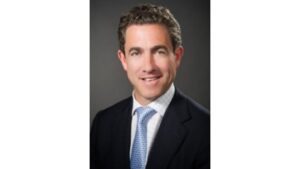 In June the PNA Spotlight focuses on Dr. John Boockvar, a neurosurgeon in New York City. Dr. Boockvar has many titles; among them, vice chair of the Department of Neurosurgery and director of the Brain Tumor and Pituitary/Neuroendocrine Center at Lenox Hill Hospital; investigator in the Laboratory for Brain Tumor Biology at the Feinstein Institutes for Medical Research; and professor of Neurosurgery and Otolaryngology/Head and Neck Surgery at the Donald and Barbara Zucker School of Medicine at Hofstra/Northwell. He also serves as an adjunct professor at Cold Spring Harbor Laboratory and is head of experimental therapeutics for Northwell Health. Dr. Boockvar received a BA from the University of Pennsylvania and and MD from SUNY Brooklyn-Downstate Medical Center. He did his surgical internship and neurosurgical residency at the Hospital of the University of Pennsylvania. Dr. Boockvar did his NIH-supported postdoctoral research training in neuro-oncology at the University of Pennsylvania Cancer Center. He was kind enough to answer a series of questions from the PNA. His answers follow:
In June the PNA Spotlight focuses on Dr. John Boockvar, a neurosurgeon in New York City. Dr. Boockvar has many titles; among them, vice chair of the Department of Neurosurgery and director of the Brain Tumor and Pituitary/Neuroendocrine Center at Lenox Hill Hospital; investigator in the Laboratory for Brain Tumor Biology at the Feinstein Institutes for Medical Research; and professor of Neurosurgery and Otolaryngology/Head and Neck Surgery at the Donald and Barbara Zucker School of Medicine at Hofstra/Northwell. He also serves as an adjunct professor at Cold Spring Harbor Laboratory and is head of experimental therapeutics for Northwell Health. Dr. Boockvar received a BA from the University of Pennsylvania and and MD from SUNY Brooklyn-Downstate Medical Center. He did his surgical internship and neurosurgical residency at the Hospital of the University of Pennsylvania. Dr. Boockvar did his NIH-supported postdoctoral research training in neuro-oncology at the University of Pennsylvania Cancer Center. He was kind enough to answer a series of questions from the PNA. His answers follow:
PNA Medical Corner: PitNETs
 This month the PNA Medical Corner showcases a study co-authored by longtime PNA member Dr. Sylvia Asa on PitNets that co-express PIT1 and SF1. These types of tumors that express both are rare. Read more here:
This month the PNA Medical Corner showcases a study co-authored by longtime PNA member Dr. Sylvia Asa on PitNets that co-express PIT1 and SF1. These types of tumors that express both are rare. Read more here:
https://pubmed.ncbi.nlm.nih.gov/37268858/
Abstract
PitNETs are usually restricted in their cytodifferentiation to only one of 3 lineages dictated by expression of the pituitary transcription factors (TFs) PIT1, TPIT, or SF1. Tumors that show lineage infidelity and express multiple TFs are rare. We searched the pathology files of 4 institutions for PitNETs with coexpression of PIT1 and SF1. We identified 38 tumors in 21 women and 17 men, average age 53 (range 21-79) years. They represented 1.3 to 2.5% of PitNETs at each center. Acromegaly was the presentation in 26 patients; 2 had central hyperthyroidism associated with growth hormone (GH) excess and one had significantly elevated prolactin (PRL). The remainder had mass lesions with visual deficits, hypopituitarism, and/or headaches. Tumor size ranged from 0.9 to 5 cm; all 7 lesions smaller than 1 cm were associated with acromegaly. Larger lesions frequently invaded the cavernous sinuses.
Copyright © 2024 Pituitary Network Association All rights reserved.
Disclaimer: PNA does not engage in the practice of medicine. It is not a medical authority, nor does it claim to have medical expertise. In all cases, PNA recommends that you consult your own physician regarding any course of treatment or medication.
Our mailing address is:
Pituitary Network Association
P.O. Box 1958
Thousand Oaks, CA 91358
(805) 499-9973 Phone - (805) 480-0633 Fax
Email [email protected]
You are receiving this Newsletter because you have shown interest in receiving information about our activities.
If you do not want to receive any more emails from PNA, Unsubscribe.
June 2023 Research Articles
Pituitary Tumors
Sleep quality in patients with non-functioning pituitary adenoma: impact of replacement therapies with an emphasis on the time of hydrocortisone.
Pituitary tuberculoma with panhypopituitarism masquerading as a pituitary adenoma.
Clinical and proteomic-based molecular characterizations of invasive and noninvasive somatotroph PitNETs.
Altered hemispheric asymmetry of attentional networks in patients with pituitary adenoma: an event-related potential study.
Pituitary Surgery
Surgery as first-line treatment for prolactinoma? Discussion of the literature and results of a consecutive series of surgically treated patients.
Overcoming anaesthetic challenges in a pregnant woman with pituitary apoplexy undergoing endoscopic trans-sphenoidal resection of the pituitary tumour.
Imaging
Development of a bespoke phantom to optimize molecular PET imaging of pituitary tumors.
Cushings
Diurnal range and intra-patient variability of ACTH is restored with remission in Cushing’s Disease.
Hormonal Health
New Horizons: Gonadotropin-releasing hormone and cognition.
Acquired Hypothyroidism in Children
Endocrine disorders in Beta-Thalassemia major patients at a Tertiary Care Hospital.
News Articles June 2023
Pituitary Story: Olympic Surfer Battles Pituitary Tumor
 An article in the Sydney Morning Herald tells the story of Costa Rican pro-surfer Brisa Hennessy’s battle with a pituitary tumor. Read more:
An article in the Sydney Morning Herald tells the story of Costa Rican pro-surfer Brisa Hennessy’s battle with a pituitary tumor. Read more:
Photo courtesy of Troy Williams/Wikimedia Commons
Pituitary Journey: How One Patient Documented Cushing’s Symptoms
Patient Jessica Bracy details her route to diagnosis in a column for Cushing’s Disease News. Read more:
European Congress of Endocrinology 2023 Conference
Dr. Maria Fleseriu, a longtime member of the PNA, gives a video overview of the findings presented at this year’s E.C.E. Conference in Istanbul, Turkey. Check it out here:
Tumor Removal Partially Reverses Brain Damage
An article in Cushing’s Disease News explains the case of a 72-year-old woman suffered brain damage and hallucinations due to a catastrophic-ACTH-secreting pheochromocytoma, a rare type of tumor that causes Cushing’s syndrome. Surgeons were able to remove the tumor and lessen her symptoms considerably. Read more:
Man Mistakes Pituitary Tumor for Long COVID
A story in the New York Post recounts the pituitary journey of a man in the U.K. who thought he had long COVID, but discovered he in fact had a pituitary tumor causing hypothyroidism. Read more here:
PNA Medical Corner: PitNETs
This month the PNA Medical Corner showcases a study co-authored by longtime PNA member Dr. Sylvia Asa on PitNets that co-express PIT1 and SF1. These types of tumors that express both are rare. Read more here:
Endocr Pathol
. 2023 Jun 2.
doi: 10.1007/s12022-023-09777-x. Online ahead of print.
Multilineage Pituitary Neuroendocrine Tumors (PitNETs) Expressing PIT1 and SF1
• PMID: 37268858 DOI: 10.1007/s12022-023-09777-x
Abstract
PitNETs are usually restricted in their cytodifferentiation to only one of 3 lineages dictated by expression of the pituitary transcription factors (TFs) PIT1, TPIT, or SF1. Tumors that show lineage infidelity and express multiple TFs are rare. We searched the pathology files of 4 institutions for PitNETs with coexpression of PIT1 and SF1. We identified 38 tumors in 21 women and 17 men, average age 53 (range 21-79) years. They represented 1.3 to 2.5% of PitNETs at each center. Acromegaly was the presentation in 26 patients; 2 had central hyperthyroidism associated with growth hormone (GH) excess and one had significantly elevated prolactin (PRL). The remainder had mass lesions with visual deficits, hypopituitarism, and/or headaches. Tumor size ranged from 0.9 to 5 cm; all 7 lesions smaller than 1 cm were associated with acromegaly. Larger lesions frequently invaded the cavernous sinuses. Four cases represented a second attempt at surgical resection. PIT1 was usually diffusely positive but 5 cases had variable (patchy or focal) staining. SF1 reactivity was variable in intensity but diffuse in all but 2 cases. GATA3 data, available in 14 cases, identified diffuse positivity in 5 and focal staining in 1. GH was expressed in all but 5 tumors, PRL and thyrotropin (TSH) were expressed in 14 and 13, respectively, follicle-stimulating hormone (FSH) in 11 of 18, and luteinizing hormone (LH) in 4 of 17. Keratin staining patterns were diffuse perinuclear/membranous in 27, variable perinuclear in 4, and negative in 3; scattered fibrous bodies were seen in 5 and diffuse fibrous bodies in 1. Ki67 labeling index ranged from < 1 to 7.9%. In 3 cases, these tumors represented one of multiple synchronous PitNETs; a separate corticotroph tumor was seen in 2 patients and one patient had 2 additional discrete lesions, a sparsely granulated lactotroph, and a pure gonadotroph tumor comprising a triple tumor. PitNETs expressing PIT1 and SF1 represent multilineage PitNETs. These rare tumors have variable clinical and morphological features, most often presenting as large tumors with GH excess and occasionally as one of multiple synchronous PitNETs of distinct lineages.
Keywords: Acromegaly; Hyperthyroidism; Multilineage pituitary neuroendocrine tumor; Neuroendocrine tumors; Nonfunctional; PIT1; Pituitary; Pituitary adenoma; Pituitary neuroendocrine tumor with no distinct cell lineage; Plurihormonal; SF1
© 2023. The Author(s), under exclusive licence to Springer Science+Business Media, LLC, part of Springer Nature

Dr. Sylvia Asa
PNA Spotlight: Dr. John Boockvar
 In June the PNA Spotlight focuses on Dr. John Boockvar, a neurosurgeon in New York City. Dr. Boockvar has many titles; among them, vice chair of the Department of Neurosurgery and director of the Brain Tumor and Pituitary/Neuroendocrine Center at Lenox Hill Hospital; investigator in the Laboratory for Brain Tumor Biology
In June the PNA Spotlight focuses on Dr. John Boockvar, a neurosurgeon in New York City. Dr. Boockvar has many titles; among them, vice chair of the Department of Neurosurgery and director of the Brain Tumor and Pituitary/Neuroendocrine Center at Lenox Hill Hospital; investigator in the Laboratory for Brain Tumor Biology
at the Feinstein Institutes for Medical Research; and professor of Neurosurgery and Otolaryngology/Head and Neck Surgery at the Donald and Barbara Zucker School of Medicine at Hofstra/Northwell. He also serves as an adjunct professor at Cold Spring Harbor Laboratory and is head of experimental therapeutics for Northwell Health. Dr. Boockvar received a BA from the University of Pennsylvania and and MD from SUNY Brooklyn-Downstate Medical Center. He did his surgical internship and neurosurgical residency at the Hospital of the University of Pennsylvania. Dr. Boockvar did his NIH-supported postdoctoral research training in neuro-oncology at the University of Pennsylvania Cancer Center. He was kind enough to answer a series of questions from the PNA. His answers follow:
• What inspired you to choose your career path?
I chose my career path really because of my father. My father was an ophthalmologist and his impact on the community was significant. I remember walking into restaurants and patrons would stand up to great him and thank him for helping them. That left an indelible mark on me as a small child. I wanted to help people in meaningful ways. I never even considered anything other than a career in medicine.
• What is the primary focus of your work/research?
The focus of my work is on the treatment of patients with brain tumors. Ever since my third year of residency training at the University of Pennsylvania, I knew that I wanted to be a brain tumor surgeon. I felt that the field at that time was open not only for exploration into new cures but also ripe for an explosion in technology and surgical access. For example, it was the ear nose and throat doctors at Penn that were pushing the envelope and doing more complex surgery through the nose to access large pituitary tumors and skull-base tumors at the back of the nose. This approach has become essentially the standard of care today as we access pituitary tumors almost entirely through endoscopic endonasal approaches.
• What do you consider to be the future of your field?
I think the future of pituitary and skull base surgery rests on technology. For example, just like your mobile phone improves in navigation, optics, and technology every six months so, so do our surgical tools. We are now commonly using 3-D exoscopic surgery, connectomics, augmented reality, and artificial intelligence in the operating room and those technologies will improve our surgical access to brain tumors and will improve surgical outcomes.
• What should patients know about your field/what deserves more recognition/awareness?
I think patients should recognize that they have options, they have choices, and they should remain optimistic about their future even with a brain tumor. In this current age of social media, patients should look for common groups whether through organizations like PNA or even social media groups such as those found on Facebook. Also, it is important to seek out nurse navigators at Brain Tumor centers like Lenox Hill with lots of experience so that the patient can feel part of a larger community. The worst part about some of these diagnoses is that patients feel that they are alone. It’s important for patients to recognize that they are not alone and that there are very good options and treatments to make sure that they have a long, independent, functional high-quality life.
• What would you like to convey about yourself to your patients?
I think the most important thing to convey to our patients is empathy and understanding. I lost my father to cancer 13 years ago and so I’ve been through these types of struggles both personally and professionally. I am very blessed to have had the training that I had, and to be in an incredible environment like Lenox Hill Neurosurgery that emphasizes a multidisciplinary approach to brain tumor and pituitary surgery. We are not incentivized to operate; we are not incentivized to enroll patients in clinical trials. We are incentivized as a department, and I think that’s an important thing for patients to ask their doctors about. We simply want to do what’s right for the patient based on the science and the data. I think this type of compassionate care was accurately depicted in our Netflix shows Lenox Hill and Emergency NYC.
• Why did you get involved with the PNA; what is the extent of your involvement?
The reason I got involved with PNA is that it is the leading pituitary advocacy organization for our patients and providers dealing with pituitary and skull base tumors. Like I said previously, it is important for patients to use nonprofits like PNA to not only navigate through their experiences but to make sure they feel part of a community. I stay involved through education, teaching, advocacy, and philanthropy to provide our patients with a community that they can feel a part of. I always say a patient that feels well does well. Organizations like PNA help a pituitary patient feel well.
Available Now!
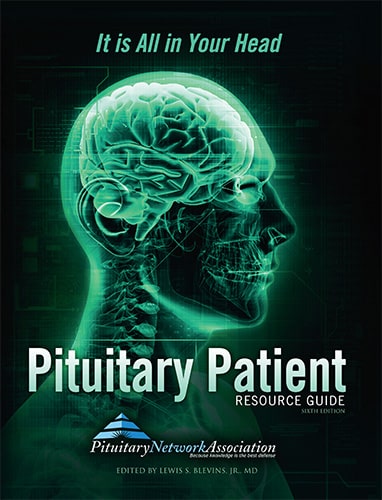
The Pituitary Patient Resource Guide Sixth Edition is now available! Be one of the first to have the most up-to-date information. The Pituitary Patient Resource Guide a one of a kind publication intended as an invaluable source of information not only for patients but also their families, physicians, and all health care providers. It contains information on symptoms, proper testing, how to get a diagnosis, and the treatment options that are available. It also includes Pituitary Network Association's patient resource listings for expert medical care.

Xeris Pharmaceuticals is valued member of the PNA











